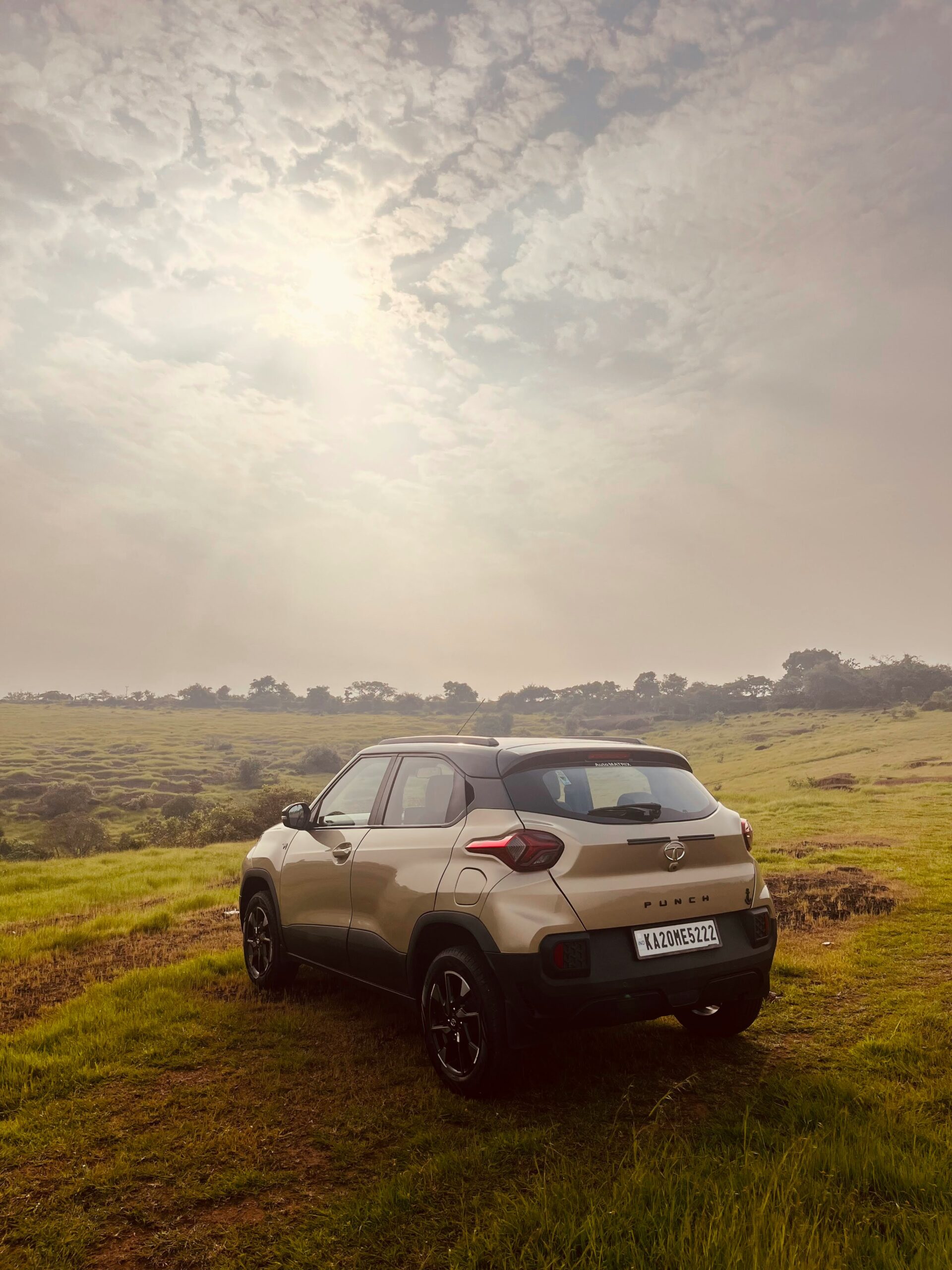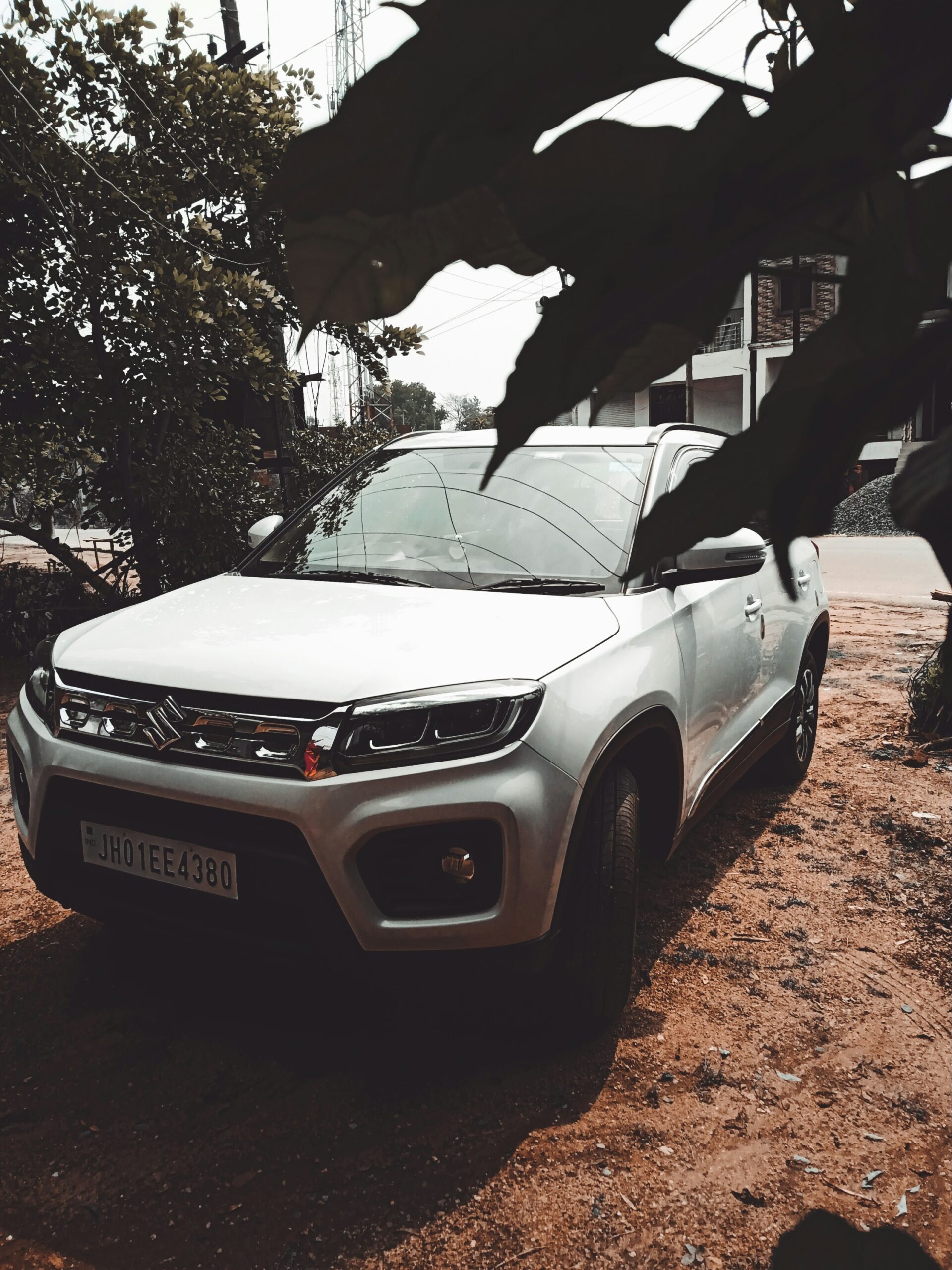The Indian automotive industry has witnessed significant fluctuations in sales over the past five years, influenced by various factors such as economic conditions, pandemic impacts, and changing consumer preferences. This report analyzes the trends in passenger vehicle and two-wheeler sales from 2018 to 2024, based on data collected from online sources.
Passenger Vehicles: A Steady Climb Post-Pandemic
The passenger vehicle segment has seen a remarkable recovery post-2020, with sales figures reflecting a positive growth trajectory:
- 2018-19: The industry saw a high with 33,77,389 units sold, reflecting a strong consumer demand for passenger vehicles during this period.
- 2019-20: Sales dropped to 27,73,519 units, indicating a slowdown in the market, possibly due to economic uncertainties and other macroeconomic factors.
- 2020-21: The onset of the COVID-19 pandemic brought further decline, with sales reducing to 27,11,457 units as lockdowns and economic disruptions affected consumer spending.
- 2021-22: The industry began its recovery with 30,69,523 units sold, driven by pent-up demand and a gradual return to normalcy.
- 2022-23: A significant rebound was observed with 38,90,114 units, highlighting strong consumer confidence and a shift towards personal mobility.
- 2023-24: The current year continues the upward trend, with an estimated 42,18,746 units sold, suggesting a robust demand for passenger vehicles, possibly fueled by new model launches and increasing urbanization.
Two-Wheelers: A Mixed Bag of Challenges and Growth
The two-wheeler segment, a crucial part of India’s mobility ecosystem, has experienced more volatility compared to passenger vehicles:
- 2018-19: The segment recorded a peak with 2,11,79,847 units sold, reflecting the high demand for affordable personal transportation.
- 2019-20: Sales dropped to 1,74,16,432 units, mirroring the slowdown seen across the broader automotive market.
- 2020-21: The impact of the pandemic was more pronounced in this segment, with sales plummeting to 1,51,20,783 units as economic uncertainty and lockdowns curtailed spending.
- 2021-22: The recovery was slower, with 1,35,70,008 units sold, indicating lingering effects of the pandemic and supply chain disruptions.
- 2022-23: A rebound was evident with sales reaching 1,58,62,087 units, driven by rural demand and increased preference for personal mobility.
- 2023-24: The segment is expected to see significant growth, with an estimated 1,79,74,365 units sold, as the economy recovers and consumer sentiment improves.
Conclusion: An Industry on the Rebound
The data from 2018 to 2024 highlights the resilience and potential of India’s automotive industry. While the passenger vehicle segment has shown a steady recovery, the two-wheeler segment is bouncing back from the challenges posed by the pandemic. As the economy continues to stabilize and consumer demand increases, the automotive industry is poised for sustained growth in the coming years.

